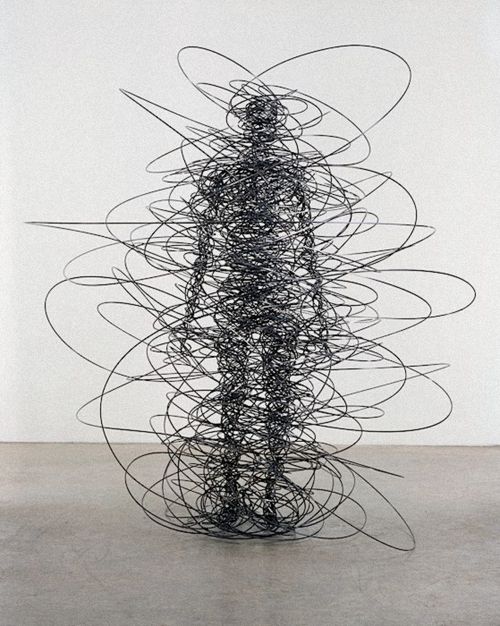by: Christine Stoddard
A past burdened with deceit, because life is kinder to those with fairer a complexion…

“Where did you learn to speak Spanish so well?”
Hearing the question made my throat constrict. I was a biracial freshman on the campus of a tiny, private liberal arts college where about ninety percent of the student population was white. Naturally, the classmate asking me the question was white as well. And white was also how at least half of the world perceived me most of the time. Back then, being young and scared and one thousand miles from home, I didn’t correct them. Our campus was too small and too isolated, with only a sneeze of a town for miles around. Why wouldn’t I try to pass when white privilege usually worked in my favor?
Notice I placed an emphasis on “usually.” There was still the heartbreak of erasure, which, admittedly, was mostly self-inflicted at that point. It’s hard for someone to acknowledge what you are if you won’t admit, well, what you are. No identity is a chalkboard. Even with the eraser in my hand, I could hardly call ignoring half of my heritage empowering.
Without money for the salon, I regularly ran hydrogen peroxide soaked cotton balls through my hair to lighten my dark brown locks. I relaxed my massive curly mane with a mild children’s formula and chopped off the chunks that hadn’t straightened to my liking. I ended up with the triangle hair of nobody’s dreams. Every night, I massaged my face with bleaching cream and every morning, I rubbed baby powder onto my skin. I slathered myself in sunscreen, even though I avoided direct sunlight at all costs. I was going to be más blanca que todas las blanquitas.
But I knew I would never end up with a peaches and cream complexion; even at my palest, I was light olive, not porcelain. Some people would always suspect an “otherness.” They would comment on my “exotic” look, pointing to features I could not hide, like my hips or my cheekbones. Still, I tried to pass for white as often as I could. Life is kinder to those with fairer complexion. You know that when you grow up witnessing your parent of color endure things that your white parent does not. All of my efforts to pass were part of an elaborate defense mechanism.
So when one of my classmates asked the question about my Spanish one night after our study group broke, my heart skipped a beat. There was no malice in her voice, only curiosity, but even that terrified me. My mind skipped to childhood bullying and lunches I tossed rather than eat in front of my taunting classmates. The difference between then and now was that I had grown up in a much bigger place than where I attended college that year. There were options for escape back home. On that campus, there were none.
She knows, I told myself. I immediately turned around to gather my books so I wouldn’t have to meet her eyes when I replied. Then I said, “Just, you know, high school classes.”
I refused to tell her that my mother was from El Salvador, a country I had never visited. I refused to tell her that I was ashamed of my imperfect Spanish – that even when I earned high marks and awards, it was never enough to satisfy my secret but flawed definition of latinidad. I refused to tell her anything at all because I did not want her friendship.
Friendship would mean disclosing secrets and I wanted to leave nothing behind when I transferred to a new school. I wasn’t open to vulnerability because that would’ve required too much humility. It’s difficult to confide in a friend when you can barely acknowledge you have a problem. I needed to define myself using my own proud process. Part of that process involved transferring. The need to go someplace bigger where I wouldn’t have to duck from my identity on a daily basis wasn’t my only reason for transferring, but it certainly was a factor in my decision. I could only keep up the farce for so long. The prospect of being “discovered” made me paranoid, which in turn made me miserable.
When you subject yourself to that level of mental gymnastics, you have to develop your own coping behaviors, if not for the integrity you’ve already started to lose then for your sanity. One of my survival tactics that year was listening to Manu Chao’s song “Me Gustas Tú” on repeat. It had always been a favorite of mine, but its lyrical simplicity comforted me in a time of need. It’s a song about liking someone and that was a period when I desperately needed to like myself.
Me gustan los aviones, me gustas tú
Me gusta viajar, me gustas tú
Me gusta la mañana, me gustas tú
Me gusta el viento, me gustas tú
Me gusta sonar, me gustas tú
Me gusta la mar, me gustas tú
I would sit alone in my dorm room, drawing or reading for hours as I mouthed the words to this song over and over again. I confined myself to my bed, nestled in sheets I probably washed once all year. Then I pressed play as many times as I needed. If there was a place to indulge in my late teens self-absorption, it was in flyover country.
Yet instead of using my white privilege as an advocacy tool, I holed myself up in that room. It was easier to retreat to my imagination than to address how race impacted those around me. That may seem like too high of an expectation for an eighteen year old, but I had always been an overachiever. Why not redirect some of my neurotic obsession to perform, organize, and accomplish? There were students of color on campus who, unlike me, did not have the option of masking their heritage. No number of toiletries could scrub away their blackness or brownness. They were stuck. I vowed that when I transferred to a larger, more urban school, I would change. I had no courage in the cornfields. As much as I made that happen at my new university, I tend to dwell on my failures, and one in particular.
A couple of years after I transferred, I befriended a fellow biracial girl with a more burdensome background than my own. I say that because we went to school in the former capital of the Confederacy, and this friend had one white parent and one black parent. We bonded over our “otherness” because even though we attended a diverse school, our program was remarkably white.
Sometimes there isn’t a single reason why a friendship fails. In this case, I now claim most of the responsibility. One of my many faults during our friendship was my impatience. I saw this friend replicating my freshman year behaviors – the denial, the angst, the insistence on passing as white – but, unlike me, she tried to remedy the pain and confusion with drugs and alcohol. Today I regret my lack of compassion. Even though I related to her dilemma, I knew that in a place that still flew the Confederate flag high in the sky, her plight was worse. I went from Florence Nightingale to a deserter faster than I care to remember.
People occasionally call us biracial folks “tomorrow people,” implying that one day race relations will have progressed to a point where everyone will be blatantly, happily mixed and racial hatred will end. But we biracial folks are the people of today and the people of yesterday, and our history shows that such change may never come.
The Americas can trace the start of racial mixing back to 1492. In much of the rest of the world, however, racial mixing began much earlier. Yet the antagonism over our very existence as biracial people has festered for centuries. I have hope for race relations in the future, but I’m not blind to the fact that they may never significantly improve. There may always be biracial people who try to pass for white.
Christine Stoddard is a Salvadoran-Scottish-American writer and artist originally from Virginia. Her work has appeared in Marie Claire, Cosmopolitan, Bustle, Ravishly, The Feminist Wire, Latin Trends, The Huffington Post, and beyond. In 2014, Folio Magazine named her one of the top 20 media visionaries in their 20s for founding Quail Bell Magazine. Christine currently lives in Brooklyn, where she is the associate editor for For Her and the creator of “Forget Fairytales” comics. Learn more at WordsmithChristine.com.





